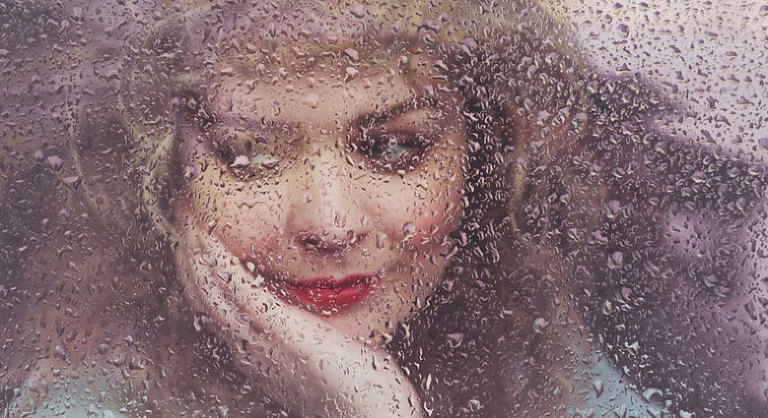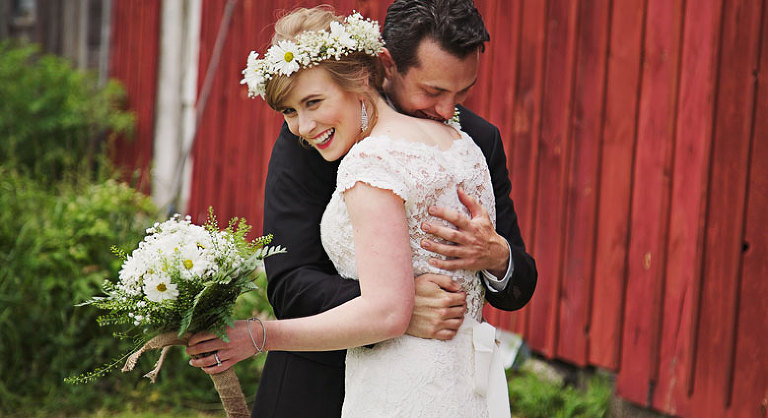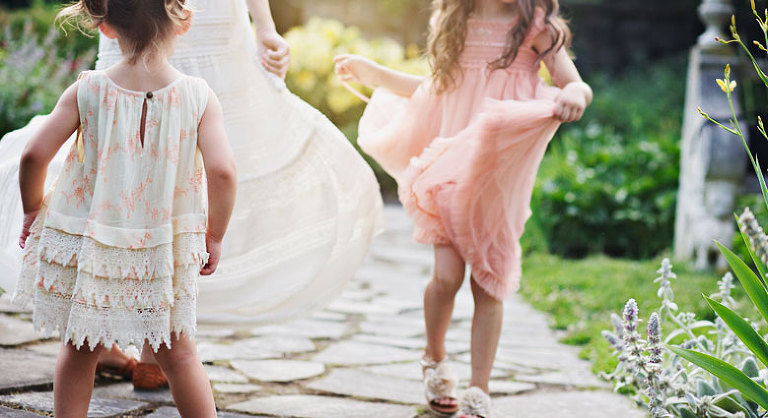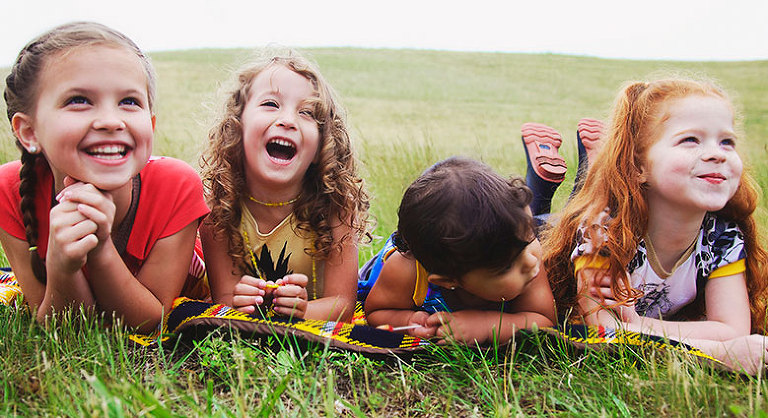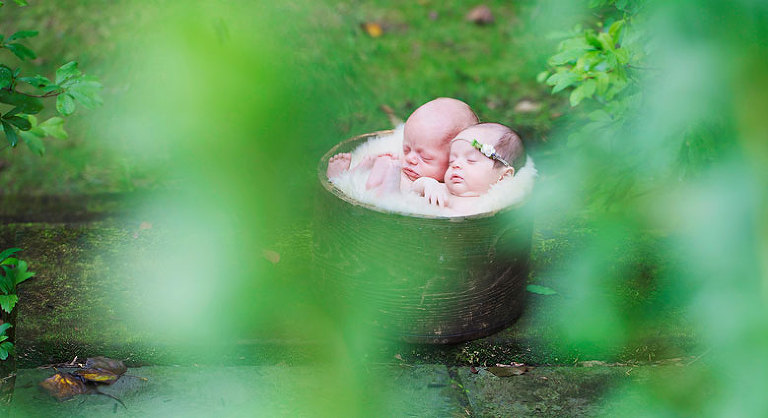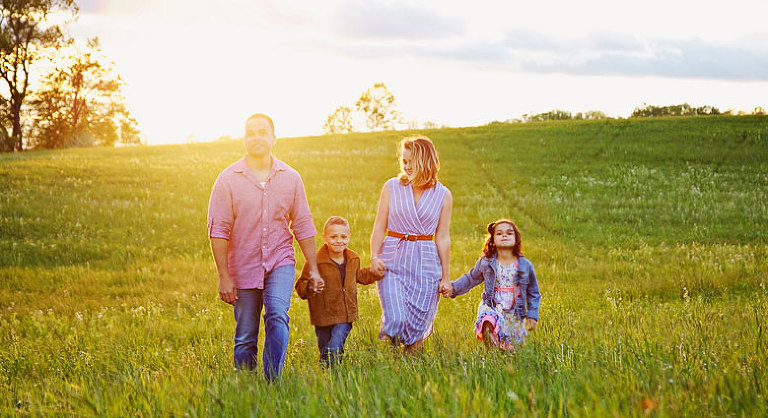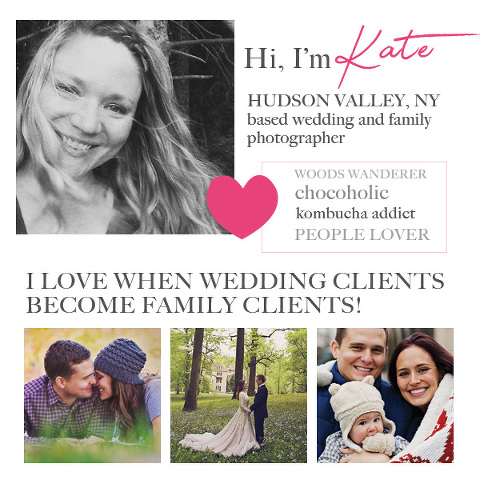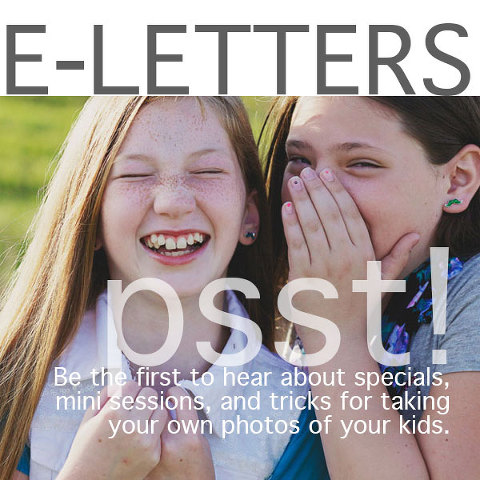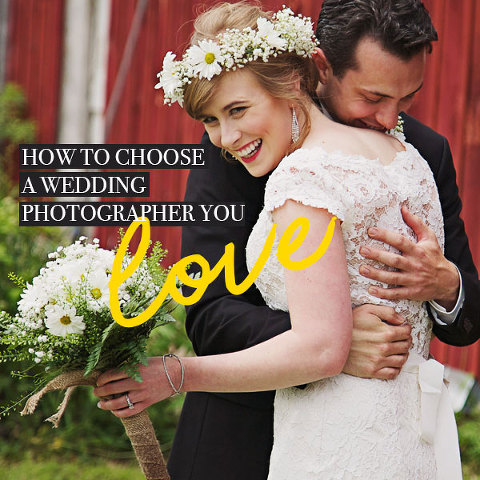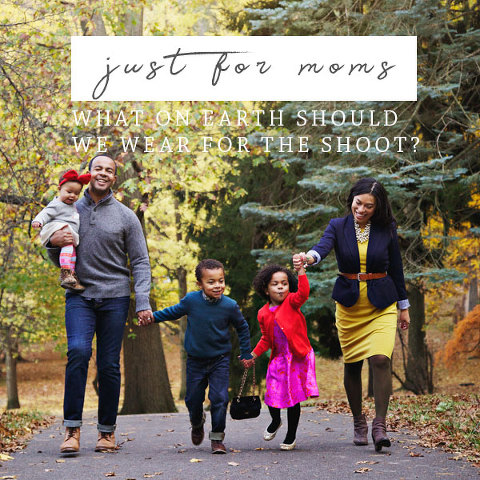It’s my anniversary!!!! December 1 is my 7 year anniversary.
Seven years ago, I left behind my job as a graphic artist and marketing writer. The reasons aren’t really important. Well, actually, the reasons are very important to me … but just not to the point of this blog post. The point is that I quit … I thought I’d find another job in no time … the economy crashed out BIG TIME … I searched in vain for 8 months … and decided in August of 2008 to “become” a professional photographer.
Since then, I’ve worked hard. Suuuuper hard. I started my business in major debt at the beginning stages of an economic melt down with no money at all in the bank. I started my business with little to no knowledge of how to run a business. And frankly, I started my business with very few photography skills. I knew photos. I had worked on them as a graphic artist for a very long time. But I didn’t really know how to take photos. And I certainly had NO idea that the industry was just at the beginning stages of becoming completely saturated with people … just like me … who wanted to start their own photography business.
So many people in this industry are willing to share knowledge in the hopes of helping others to build their business. I’ve learned much from my peers. I don’t know if the information I’m about to share will prove helpful to anyone – but on the off chance it will, here are seven important things I’ve learned over the past seven years.
1. You don’t need the best equipment.
Over the last decade or so, many long-time photographers closed up shop and blamed the new wave of digital photographers for the demise of their once-successful businesses. It used to be pretty expensive to buy all the equipment needed to run a photography studio. But once things went digital, the start-up was close to nil. Buy yourself a pretty good camera, some memory cards … and boom! You’re in business. I won’t linger too long on the subject of the frustrated old-schoolers because I can appreciate their frustration. The world changes quickly and it can be hard to keep up.
Every single one of us … from the most seasoned photographers to the newbies … however, can take advantage of the fact that you no longer have to spend a fortune on equipment to run a successful business. I spent a few years with one humble camera body and ONE lens. It was a gift from my Mom. I didn’t have the means to buy more than that. And you know what? It was fine. It was a good start.
When your business generates enough money to start investing in even more equipment, then it may be time to do so. But there are many, many expenses involved in running a profitable business and until the business side of the business is running smoothly, the latest and greatest camera bodies and lenses should NOT be on the top of your list. A good computer, up-to-date software, web hosting, an accountant, training, professional development — these are all areas you want to invest in BEFORE spending money on the latest and gear. Should a situation arise when you really, really do need something more than you currently own … rent.
2. You DO have to charge enough.
At last count, there were 6 jillion ebooks written by photographers on how to price to be profitable. No really … just google the subject, you’ll find them all. And there are some really, really good ones out there! If you’re struggling with this area of your business, you may, in fact, want to invest in one of these guides. Why? Because until you get your pricing right, your time in business (ha, and your sanity!) is limited.
I started off charging $250 for a session and disc of all the edited images from the session. At the time, it seemed like a lot to me. But that’s only because I didn’t know what on earth I was doing! I was running a “boutique” business where I gave my clients a great on-location, tailored experience … but I was charging them like they were getting a cookie cutter experience at the local in-store portrait studio. But I quickly learned. I would spend about 12-14 hours from start to finish with each client. That included time before the session talking with the client, prepping for the session, traveling to the session, shooting, returning home, editing the entire session, uploading it to a site (that I had to pay for every year, of course!), talking with the client after the session to make any adjustments, making those adjustments, burning the CD, and finally mailing the CD. I would then blog the session … something that takes time, but is essential to marketing my business.
So, let’s do the math.
TAXES on $250. 33% (taxes … yeah, they’re pretty high for self-employed individuals!) = $82.50
If I drove 45 miles round trip for the session, that’s (unfortunately!) 2 gallons of gas or about $6.50
Business insurance, licensing fees, web hosting fees (iiiiiif I were to shoot 120 sessions annually) $11.50
Disc, mailing costs, trip to post office $4.75
There’s definitely more costs involved, like equipment and software costs as well as wear and tear on my vehicle. But let’s just stop here and do the math. What looked like an easy $250 is down to $145. And then let’s look at the time spent. Twelve hours. What you have is a photographer who is earning $12 an hour. Eh, you can live on that. You can. Although only if you can book A LOT of sessions. But once you factor in things that are necessary for business … like equipment costs, office supplies, professional development, training, etc … you’re down to almost nothing or even in the negative zone. And once you’re in the negative zone, you’re actually paying people to take their pictures.
I share this because I blindly kept going (and struggling) for a while. I didn’t have a good handle on what my expenses were or on what I actually had to charge in order to generate enough money to support myself. I kept thinking that if I couldn’t pay my prices, how could someone else. But the reality is, I can’t be in business if I don’t generate enough money to pay my bills. You can’t either. So if you don’t have a handle on this, make it a goal for 2015 to get your pricing in order. A stressed out, over-worked photographer is no good to anyone … least of all, herself.
3. You DO need inspiration! The right kind.
Hello. My name is Kate. And I’m a recovering blog-a-holic!
I wasted so much time and energy the first three or so years of my business intently watching what other photographers were doing. Waaaaaay back then, people were still really into updating their blogs. These days, social media has slowed down the blogging side of things for some photographers. But back in the day, I was obsessed with seeing what others were doing. What offers did they have this month? What actions were they using? I mistakenly thought I was gaining inspiration when really, all I was doing was comparing myself to other artists. And this, my friends, is a recipe for disaster. It left me feeling like I wasn’t good enough. And it kept my attention focused on what other photographers were doing, when I should have been focused on myself and MY clients.
I quit cold turkey. For a few years, I turned my attention completely away from others’ blogs and businesses. And during this time, I took the time to really find myself again as an artist. I had lost myself in a sea of sameness. I began to plan trips to museums. I fell in love with motivational speakers like Tony Robbins. I started working on myself as an artist and discovered that doing so very quickly led to even better work for my clients. I was quickly able to tune into them like never before because all the clutter that I had been putting in my head … all the super popular trends that I felt like I had to keep up with … were suddenly gone. I felt refreshed and alive as an artist.
These days, I do visit blogs again. But I’m careful not to overdo it. And I love visiting a much wider variety of blogs now, too. While I only gravitated towards child photographer’s blogs in the past, I now love visiting cooking, fashion, lifestyle, and design blogs. too.
4. You DO need a business plan.
If I could go back in time … oh, if only!! I would go right back to that day in August of 2008 when I was sitting on the porch of my grandfather’s house in Maine. I was up there for pretty much the whole summer because I couldn’t afford to feed myself. I had quit my job 8 months prior and had been doing anything and everything to support myself while I tried in vain to find a new job. I did design work for a local cupcakery. I took on a cleaning job that a friend kindly offered me. I wrote a monthly column for Girls’ Life magazine. I photographed weddings. I was trying so hard to stay afloat … but was quickly sinking. I stayed in Maine and mooched off of my family pretty much that entire summer. But that day, I realized that maybe it was time I stopped looking for a job and time I started focusing on working for myself. I had this brilliant idea that maybe I could be an on-location photographer! I had absolutely NO idea that this was already something that tons of people were doing! So much to my surprise, when I googled “web site templates,” I came across a company that had web sites just for photographers. “Imagine that!” I thought. I decided to buy a web site template and that day, I BECAME a photographer.
Just like that, I was in business. Me … someone who hates counting numbers and strategizing. Me … someone who is COMPLETELY right-brained. Me … someone who didn’t even have one TINY little clue about how to run a business. If I did, I would have known that it was a fabulous time to sit my butt down and write a business plan.
Instead, I built it (a pretty little blu domain web site) and hoped that they (throngs of paying clients) would come. And eventually, they did trickle in. But it took years to grow my business to a place where it consistently supported me. It would have grown sooooo much faster had I set goals for growth and laid out a solid plan for my business.
If you’ve never sat down and thought about setting goals and developing plans for your business (and life!), a really really fabulous place to start is with Jack Canfields book “The Success Principles.” It was the first book that I used to really help my business. I know it will help yours, too.
5. You DO need to set goals.
Goals and business plans go hand in hand. Goal-setting is about learning how to dream and turn those dreams into concrete actions that you DETERMINE yourself to accomplish. What are you currently determined to accomplish? A brand new year is nearly upon us. And while some people will be setting personal New Year’s resolutions (that they’ll probably only stick to for two or three weeks), the smartest business owners know that the start of the new year is a great time to sit down, analyze the past year’s successes and failures, and then set fresh new goals. I used to have loosey-goosey ideas floating around in my head that I thought of as “goals”. But it wasn’t until I started writing down my goals and setting dates for their accomplishments that I started to see some results. Trying to run a photography business without goals is like hopping into a ship without a set destination and hoping that you end up somewhere great. Maybe by some stroke of good fortune you’ll float calmly to Fiji. But more likely, you’ll drift aimlessly.
Personally, I like to create goal cards. I also like creating success boards on Pinterest.
6. You DON’T want to over think things.
So here’s the thing with learning from your peers: Everyone says something different! One photographer will tell you X while the other says Y. Both photographers are successful (or so it appears), so who do you follow? X for a few weeks and if that advice doesn’t pan out, then Y? There’s a whole alphabet out there of advice and I used to blindly try and follow all of it! But this is why the above point (having a business plan) is so important. Once you know where you want to go, you can figure out the most efficient route.
Avoid the awful mistake of constantly second-guessing yourself. I did this for a long while. (Ok, I still struggle with this.) I would start out down the determined route, but a little ways down (long before the actual destination), I’d wonder if a different route would have been better after all. So I back up and try another route. Or, to illustrate this point with a more concrete example: You choose a lab for your albums. X photographer has raved about this lab. You’re excited because they have the exact style you want for your clients. You open an account. But by the time you’ve ordered your third album, Y photographer raves about another lab. Wait, maybe that one is better?! It does look like the ordering process will be easier. So you open up a new account with them. You order three albums. And then Z photographer announces her new partnership with yet another amazing lab. With their free software, you’ll save yourself HUGE amounts of time. Plus, the quality of the leather looks just a touch better. So you open up a new account.
And we could go on and on.
Now, technically, there’s nothing wrong with trying out lab after lab. A clever artist can ensure that her branding remains consistent despite the constant changes. But she is, sorry to say, using a lot of time and mental energy with all the constant lab switching. What I’ve learned, is that it’s better to make a choice on something like, a lab, and then set a date when I’ll sit down analyze how it’s working. Until the predetermined date for analysis, I’m not allowed to think about it! (Well, unless something glaringly awful happens … and then of course, I have to consider a change.) I’ve come to see that most pro labs are all pretty awesome. Photography web site template companies are all pretty on par with each other. Canon AND Nikon are both great. You can drive yourself CRAZY second-guessing yourself after every decision. But it won’t get you anywhere. Other than worn out and frustrated.
7. You DON’T have to fear the competition or waste any mental energy envying them, tearing them down, or comparing yourself to them.
We all know that there are million and one photographers in your area. Mine, too. In my own personal area, there are many, many photographers who are not just good … but AMAZING!!! During the first year or so of business, I would break into a sweat wondering — no fearing — “How on earth can I compete with these people?!” Is there really room for us all?!”
Quite honestly, I’ve learned that the answer is “YES! Yes, there is room for us all. And NO! No, there isn’t room for us all.” It’s become glaringly clear to me that for a portrait photography business to thrive despite massive competition, there’s really only thing you have to do: Be the very best version of your authentic self. That’s it. And if you do that, then it doesn’t matter how many hundreds or thousands of photographers are you in your area. People will want to work with you. So really, it’s about defining who you are … and then constantly taking that special gift to the next level. NO ONE else can do it the way you can. The better you are at finding yourself and showcasing it, the more you will begin to draw people towards you. And at the same time, repel people who don’t gravitate towards your style. It’s ok to repel the people who don’t love your style! They’ll find someone else whose style they really love — leaving room for the right clients for you.
I love this quote:
“If you continuously compete with others you become bitter, but if you continuously compete with yourself you become better.”
So, happy anniversary to me : ) And a big huge giant “thanks” to all the lovely people who have entrusted me with their memories over the years. It’s such an honor to work with you all.
XO,
Kate


